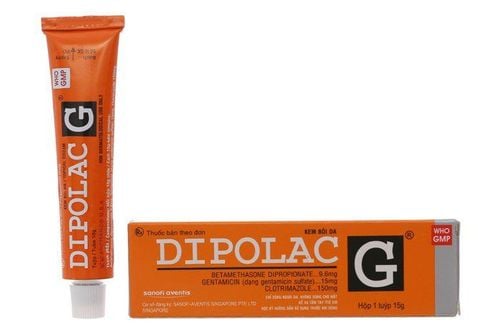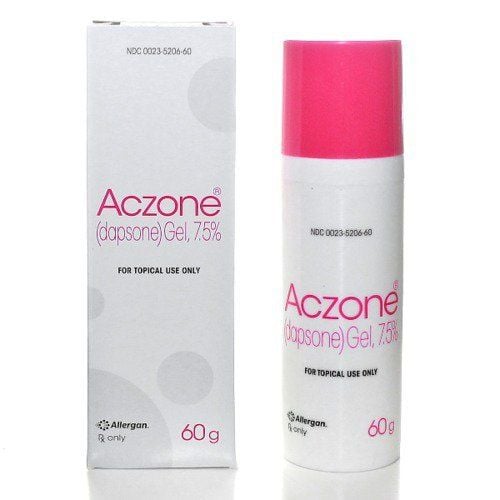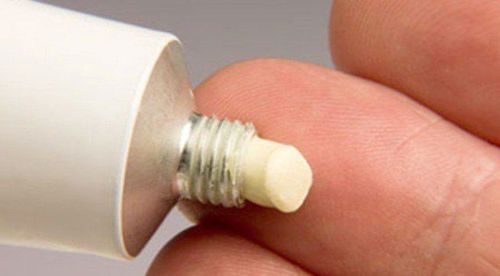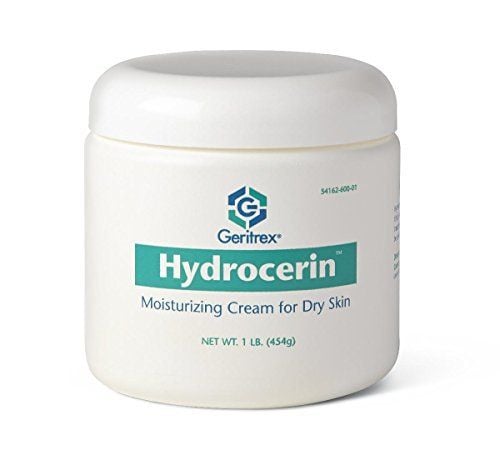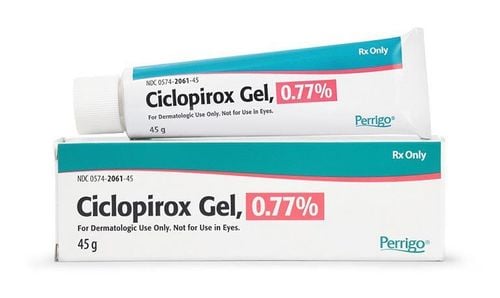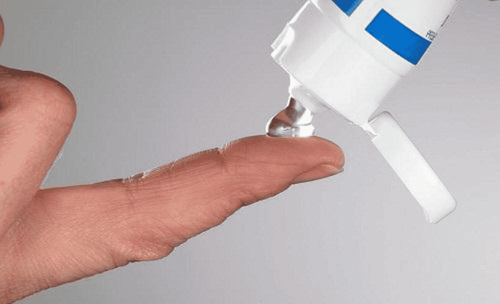This is an automatically translated article.
Currently, dermatological problems such as eczema, psoriasis, parakeratosis, rough skin, are very common. Therefore, there are many drugs produced to treat these diseases. Among them is the name umecta foam, a medicine containing the active ingredient urea that works to treat and soothe dry and rough skin.
1. Uses of umecta foam
The main effect of umecta is to soften and help heal dry or rough skin areas due to skin problems such as eczema, psoriasis, parakeratosis, hyperkeratosis.
Due to the mechanism of action of urea present in umecta foam as a gentle skin tissue emollient and helps to reduce horny areas of diseased skin. Urea will soften the horny substance (keratin), melt them to help the stratum corneum of the skin and dead skin slough off and fall off, thus softening the areas of hyperkeratosis and always retaining moisture for the skin.
Urea also hydrates and dissolves the intercellular space of the nail, helping to soften the nail and remove the broken part without the need for surgery. For this reason, Umecta is also used to treat certain nail problems (eg, interstitial inflammation of the nails, toenails). In addition, the drug also works to remove dead skin in some wounds to help wounds heal faster.
2. Instructions for using Umecta Foam
Use umecta foam as prescribed by your doctor. Read the directions of the medicine carefully before taking it. Umecta foam medicine can be in many forms, depending on the location of use, there will be other forms of medicine. Therefore, if the drug is in the form of a foam, the product should be shaken well before each use. Check to see if the umecta you are taking needs to be shaken before taking it.
Umecta foam is a drug indicated for external use, not allowed to be taken orally. Before applying the medicine, clean and dry the area to be applied, then apply a sufficient layer of medicine to the affected skin or nails, usually 1 to 3 times a day or as directed by a doctor. . Rub well until the medicine is completely absorbed into the skin. Wash your hands thoroughly after each application unless the hands are the area to be treated. Dosage and duration of use of umecta will depend on the location of the lesion and the response of the skin.
When applying Umecta to nails, avoid getting the medicine on the cuticle or surrounding skin. Apply evenly to nails and let it dry naturally. You can cover the nail with a bandage or gauze and then wrap the area of skin if your doctor tells you to.
Apply to affected skin or nails only. Avoid applying to other sensitive skin areas such as the eyes, lips, inside of the mouth, nose, and vaginal or groin areas, unless directed to do so by your doctor. Ask your doctor or check the leaflet for instructions on any areas or skin types where you should not use the medicine (e.g., face, chapped skin, scars). open wounds, irritated, scratched or freshly shaved skin). Ask your doctor if you should cover the area with a bandage or gauze.
Use umecta foam correctly every day and follow your doctor's instructions to get the best benefit. Tell your doctor if your condition persists or gets progressively worse.

Umecta Foam được bôi tại vùng da tổn thương theo hướng dẫn của bác sĩ
3. Side effects of the drug umecta foam
When using umecta foam topical, some conditions may occur such as:
Skin burns Mild itching Sensation stinging Redness or skin irritation Usually, the above reactions will disappear as the body adapts to umecta foam medicine. But if any of these side effects persist or become more severe, the patient should immediately notify the doctor for prompt treatment.
Call your doctor right away if you experience any serious but serious reaction to umecta foam, such as: unusual skin changes (e.g., blistering, peeling), signs of infection skin infection.
A serious allergic reaction to umecta is very rare. However, get medical help right away if you notice any symptoms of a serious allergic reaction, including: skin rash, itching, swelling of the face, tongue, or throat or severe dizziness, trouble breathing.
The reactions listed above are not all possible side effects when taking umecta foam. If you experience any other symptoms not mentioned above, contact your doctor for advice on how to resolve.
4. Drug interactions of umecta foam
Drug interactions are very important in treatment, so doctors need to know about possible drug interactions to monitor the progress of treatment. Do not start or stop or change the dose of any medication on your own before doing so as directed by your doctor.
Before using umecta foam, tell your doctor about all prescription and over-the-counter products, herbs, and other topical products.
The above does not cover all possible drug interactions. Therefore, before using umecta foam, patients should talk to their doctor about all the products they are using.

Người bệnh nên hỏi ý kiến bác sĩ trước khi dùng thuốc Umecta Foam
5. Notes when using umecta foam
Before using umecta, please tell your doctor if you have ever been allergic to any of the ingredients. At the same time, if you have any other allergies before, you need to share with your doctor. Umecta foam may contain ingredients that cause allergic reactions or other problems.
Before using umecta, tell your doctor your previous medical history, especially if you have had: cuts, skin infections, sores on the skin. Umecta foam may make you more sensitive to the sun. Therefore, you should not work or stand outside for too long, should not sunbathe or use lights on the skin. If it is necessary to go outside, use a sunscreen with a high sun protection factor and wear protective clothing when outdoors. Tell your doctor right away if you get a sunburn or your skin becomes red. If the medicine gets on the clothes, it can cause the clothes to become yellow.
If you are pregnant, you are only allowed to use umecta foam when absolutely necessary. Before that, it's important to have a thorough discussion with your doctor about the risks and benefits of using the drug.
According to many studies, umecta foam has not been shown to pass into breast milk. Therefore, if you are breastfeeding, you need to talk to your doctor before using umecta.
If you accidentally swallow umecta foam and have symptoms of shortness of breath or even fainting. Immediately contact the medical center for timely help. And do not share umecta with other people.
To ensure safety, umecta should be stored in a dry place, away from direct sunlight. Do not keep medicine in the refrigerator or in the bathroom. Keep medicine out of reach of small children and pets. When umecta foam has expired or is no longer usable, dispose of it properly, do not throw it down the toilet or drain.
The use of umecta foam must be done exactly as directed by the doctor. Do not self-medicate to treat other skin problems you have, unless directed by your doctor. The early detection of the disease helps you to get treatment quickly. Combined with the correct use of the drug as prescribed by the doctor will bring high results and reduce the risk of unwanted side effects.
Please dial HOTLINE for more information or register for an appointment HERE. Download MyVinmec app to make appointments faster and to manage your bookings easily.
Reference source: webmd.com



